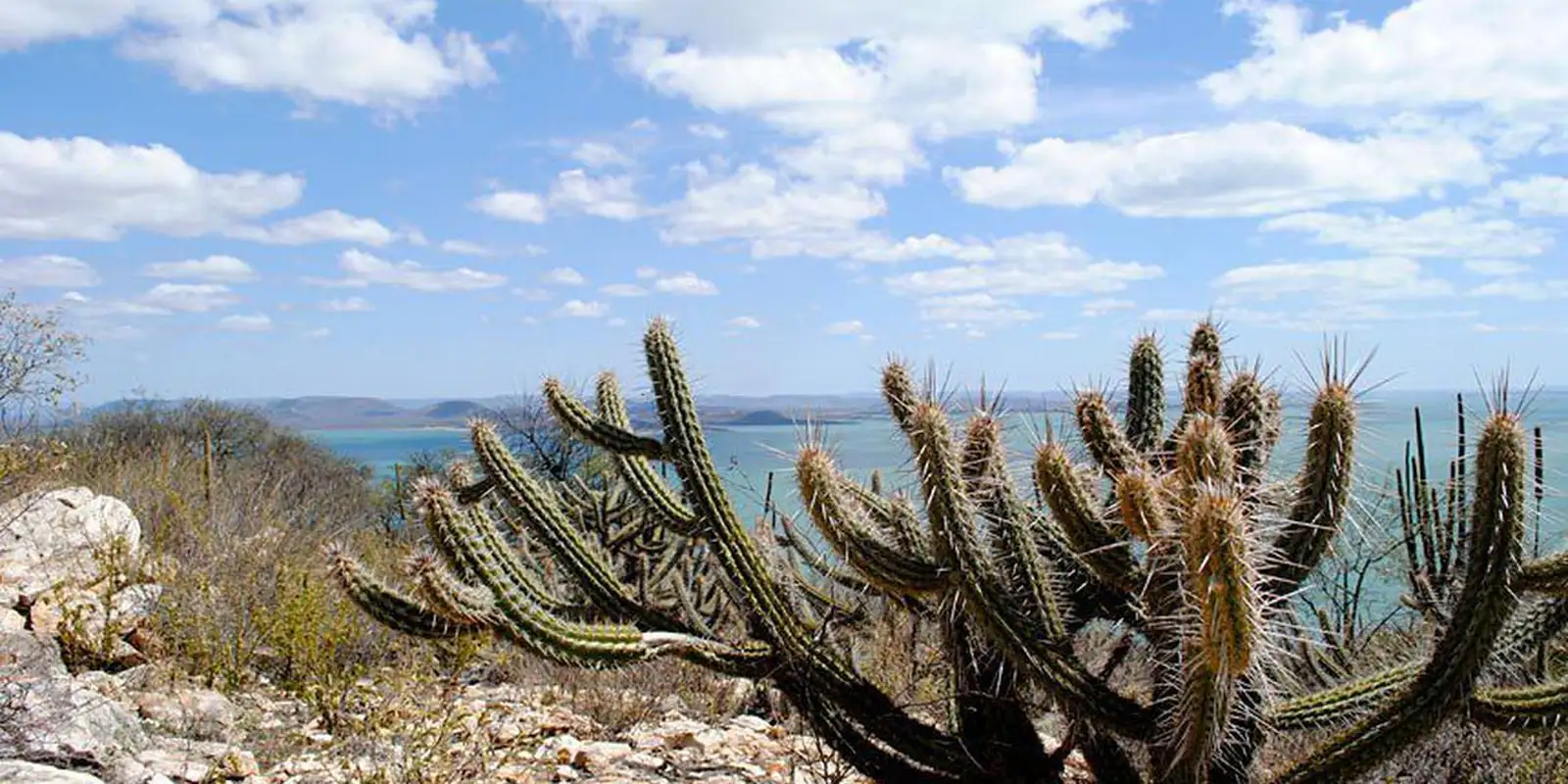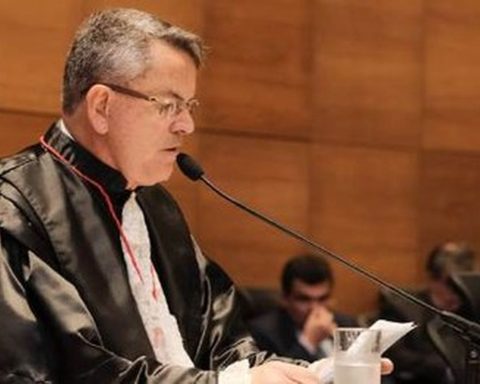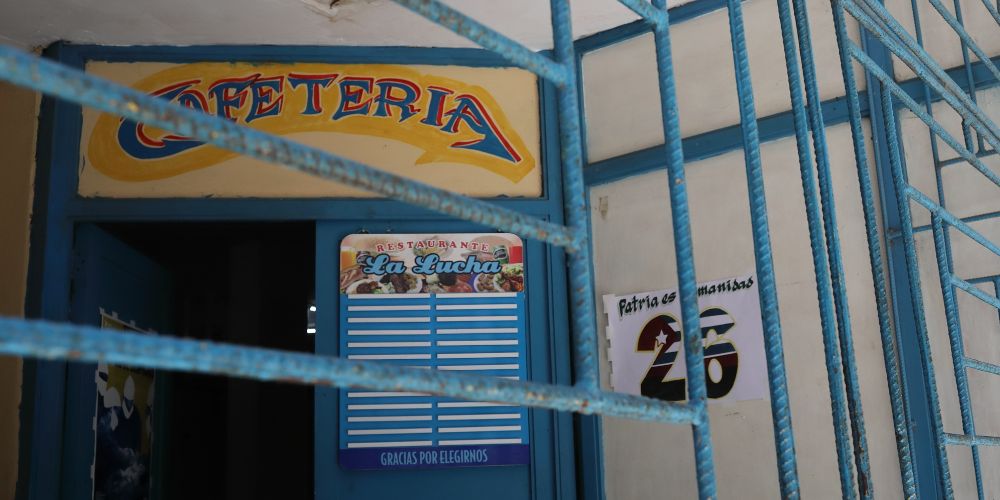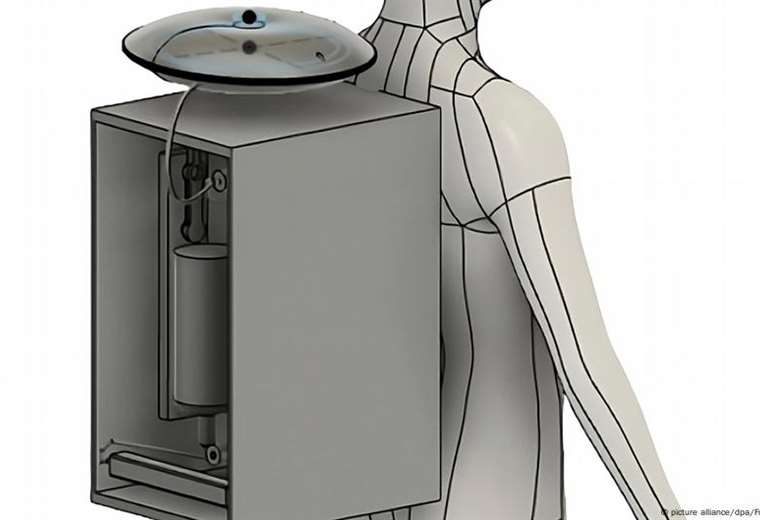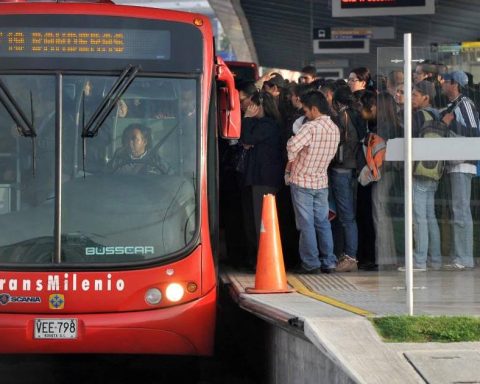A survey conducted by the Dutch foundation IDH, with support from the research institute WRI Brasil, shows that there are at least half a million hectares of caatinga with potential for restoration. According to the study, released this Tuesday (23) in São Paulo, the areas are located in Western Cariri, in Paraíba; in Sertão do Pajeú, in Pernambuco; and in Sertão do Apodi, in Rio Grande do Norte.
The research highlights that restored native vegetation could offer sustainable economic opportunities, providing income and jobs for local populations. Among other benefits, restoring local forests would bring water regulation, soil stabilization and erosion control.
“Landscape conservation and restoration in the caatinga are crucial for climate resilience, water security and the survival of its communities,” says WRI Brasil project coordinator and one of the authors of the paper, Luciana Alves.
The most suitable restoration arrangements for the territories analyzed are the forage Agroforestry System (SAF), with forage palm (Opuntia ficus-indica) as the main species; the Melífero SAF, focused on species for beekeeping and meliponiculture; the Frutífero SAF, combining trees with fruit, forage and agricultural species; the Crop-Livestock-Forest Integration (ILPF) of goat farming with forage and tree production; Assisted Natural Regeneration (RNA); Active Restoration, with planting of seedlings and seeds; and Hydroenvironmental Restoration, based on interventions to reverse degradation and restore soil and vegetation, the research indicates.
International resources
“Due to the strong intersection with the climate agenda, the restoration of the caatinga could benefit significantly from international and private resources destined to strengthen this agenda”, highlights Luciana.
Of the six biomes that occupy the national territory, the caatinga is the only one exclusively Brazilian. Occupying approximately 850 thousand square kilometers, it is the most densely populated semiarid region in the world because approximately 27 million people live there.
In June of this year, the Ministry of Environment and Climate Change (MMA) announced the selection of 12 priority projects for the creation of federal conservation units in the caatinga biome, to be implemented by 2026, which will result in an increase of more than one million hectares of protected areas.
